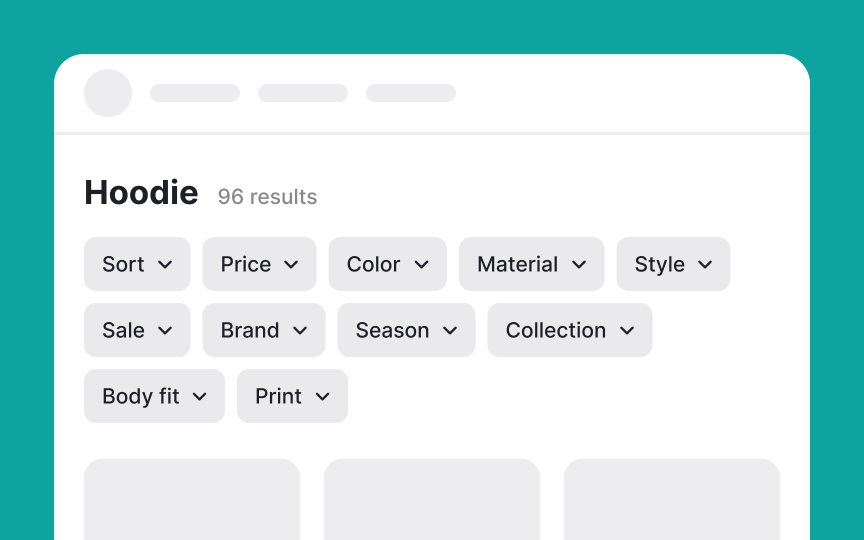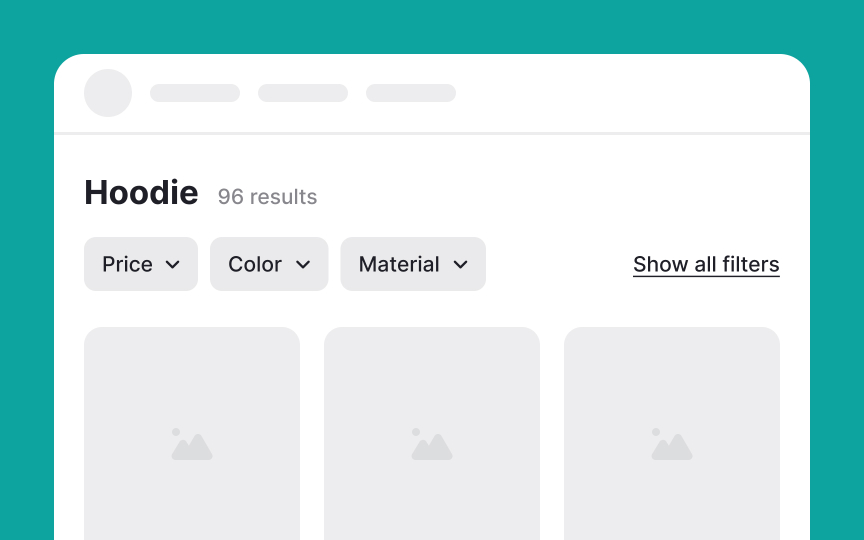Hick's Law
Hick’s Law, established in 1952 by psychologists William Hick and Ray Hyman, states that the more options people have, the longer it takes for them to make a decision, leading to frustration and overwhelm. While it might seem like more choices offer more freedom, studies like the 2000 Jam Experiment show the opposite— customers are more likely to make a purchase when fewer options are available.
Too many choices increase cognitive load and cause decision paralysis, making users less satisfied with their choices, since they're often left second-guessing their decisions.[1]
To combat this, designers and UX writers can:
- Minimize choices: Especially when time is limited, prioritize common options and hide others under a Show More button.
- Break down complex tasks: Split tasks like forms into smaller, manageable steps to reduce cognitive load.
- Highlight essential items: Use visual cues like subheadings, color, and font weight to make key options stand out and simplify decision-making.



